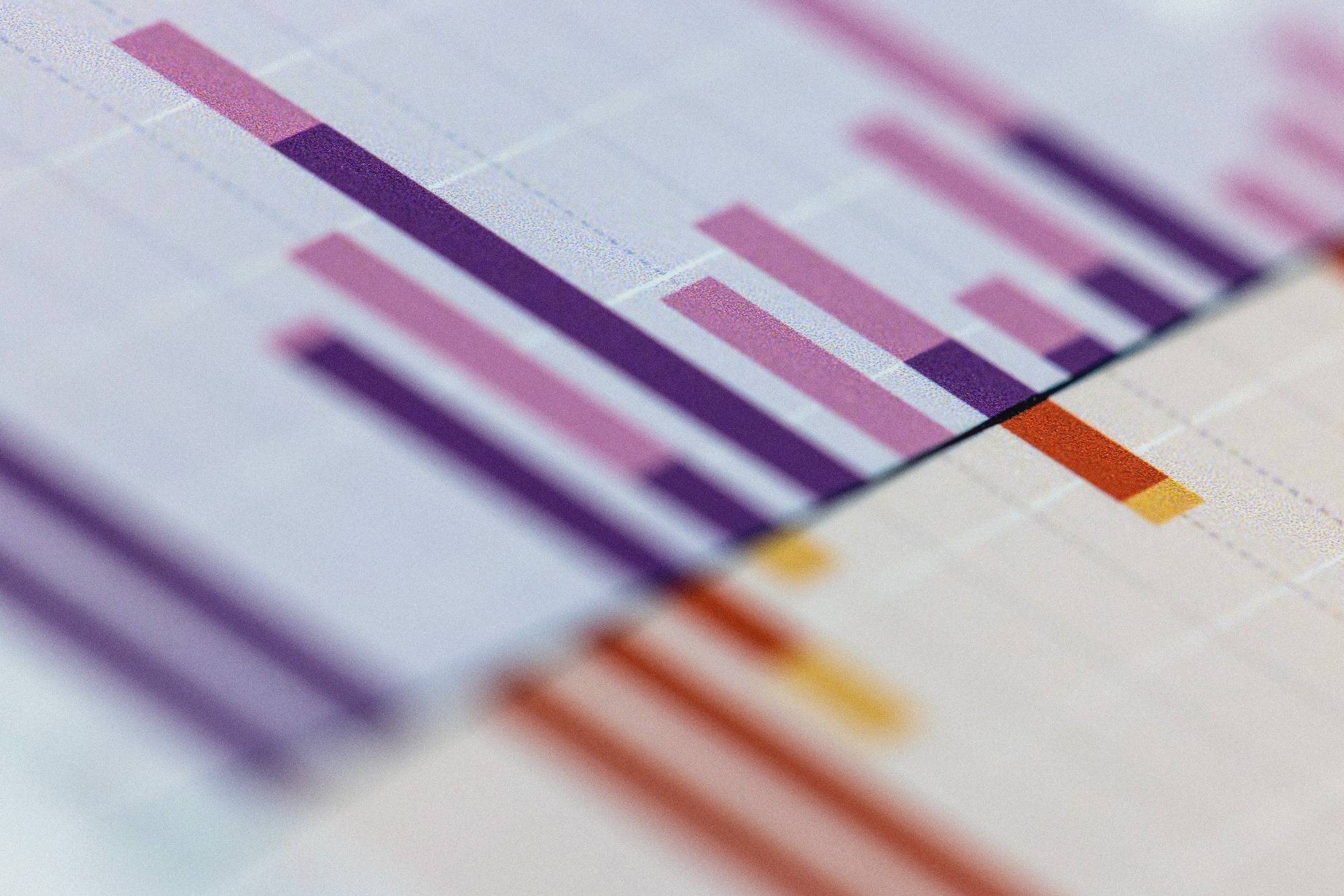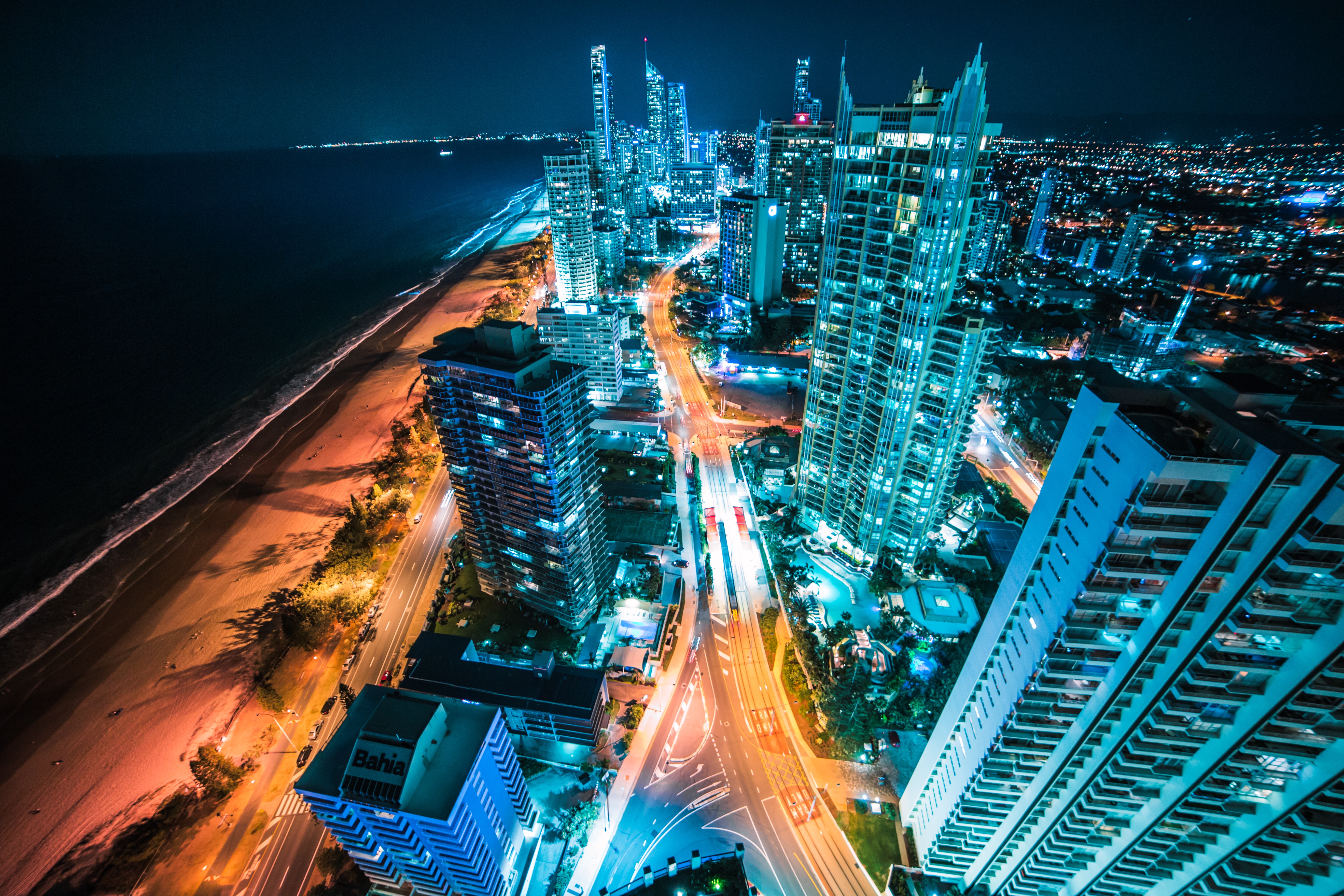Despite ongoing efforts to implement mitigation and adaptation policies, the need to address climate change residual risks is increasingly relevant in the face of escalating climate extremes. Loss and damage has gained momentum as the “third pillar” of climate action, beyond adaptation and mitigation. “When a climate event strikes, residual risks will materialize in losses and damages on the ground. Funding needs will be considerable in vulnerable developing countries and communities,” says Elisa Calliari, CMCC and IIASA researcher and member of the Italian delegation to COP29.
The nature of the Loss and Damage Fund is rooted in addressing these inequalities, building on three decades of historic advocacy by the Alliance of Small Islands States (AOSIS). “The Loss and Damage debate follows directly from the physics and economics of climate change, which creates long-lasting impacts, especially among the most vulnerable countries. In these parts of the world, the Loss and Damage Fund represents an important instrument to avoid permanent disruption,” comments Massimo Tavoni, Director of the European Institute on Economics and the Environment at CMCC.
Setting the Fund in motion at COP29
Following its official launch at COP27, questions about the contributors, beneficiaries and Fund governance were addressed during COP28 in Dubai. Parties agreed that eligibility for funding should extend to all developing countries, with a minimum percentage for Least Developed Countries (LDCs) and Small Island Developing States (SIDSs). Since then, over 700 million USD has been pledged to the Fund.
Building on these first steps, the upcoming 29th annual meeting of the “COP is called to take stock of the work carried out by the Board of the Fund for Responding to Loss and Damage during the year and leading to the operationalization of the Fund as a World Bank hosted financial intermediary fund, the selection of the Philippines as the host country of the Board and the designation of Ibrahima Cheikh Diong as its first Executive Director, among other things. In this year’s session, the arrangements on the working relationship between the COP, the CMA and the Board of the Fund, will also be approved, says Calliari.
“In addition to these points on the agenda, COP29 will launch the first High-Level Dialogue on complementarity and coherence, as the key vehicle to bring together the wide range of actors forming the funding arrangements for responding to loss and damage and to identify priority gaps and enhance coherence, coordination and synergy in the funding landscape. Finally, the review of the Warsaw International Mechanism on Loss and Damage (WIM) in Baku will provide an opportunity to ensure coordination and synergy across the Loss and Damage support landscape, composed by the Fund for Responding to Loss and Damage, the WIM Executive Committee and the Santiago Network,” continues Calliari.
The quest to support impact quantification
The allocation of funding is highly complex, and methodologies for calculating damages are still a subject of debate among academics. Since the establishment of WIM in 2013, the field has grown significantly, with substantial contributions from social sciences and attribution studies, which are increasingly focusing on the socio-economic costs through the so-called extreme event impact attribution (EEIA). Nonetheless, according to Tavoni, “more science is still needed on the quantification of the economic and social impacts of climate change and the extent to which such risks are unavoidable,” bearing in mind the importance of establishing synergies with mitigation and adaptation research.
A recent study by CMCC offers new insight into the quantification of loss and damage costs by coupling climate economics with historic responsibility. The findings reaffirm the disproportionate impacts of unavoidable risk on most vulnerable countries, which bear the highest costs. This once again highlights the importance of integrating socio-economic costs and dynamic responsibility to appropriately allocate funding. As the upcoming negotiations – already referred to by international media as the “Finance COP” – are set to determine a New Collective Quantified Goal (NCQG) for climate finance, studies like this play a crucial role in assessing funding needs and arrangements. A data visualization tool with the results of the paper can be found here.
Read more:
Adelle Thomas: Putting the most vulnerable at the centre of COP27 – Foresight
Elisa Calliari: The vulnerability issue at the heart of the loss and damage fund
Those that lose out: Paying for the biggest cost of climate change – Foresight
Putting a number on Loss and Damage – CMCC
Understanding and quantifying the Loss and Damage policy space






